

Imagine arriving home after a long day and your lights warmly illuminate as you step inside, your climate system automatically adjusts to your preferred temperature, and your favorite playlist gently fills the room. This is not a vision of the distant future, but the world of home automation today, where integrated smart technologies effortlessly manage everyday household tasks. At the heart of this transformation is the use of connected devices and systems controlled through simple interfaces—such as apps or voice commands—that adapt your home’s environment to suit your lifestyle and personal preferences.
Home automation refers to the integration of electronic devices, appliances, and systems within a residence to automate and remotely control various elements, from lighting and entertainment to security and energy management. These solutions are designed to boost convenience, efficiency, comfort, and safety within the modern Australian home, delivering tangible improvements over traditional, manually-operated alternatives.
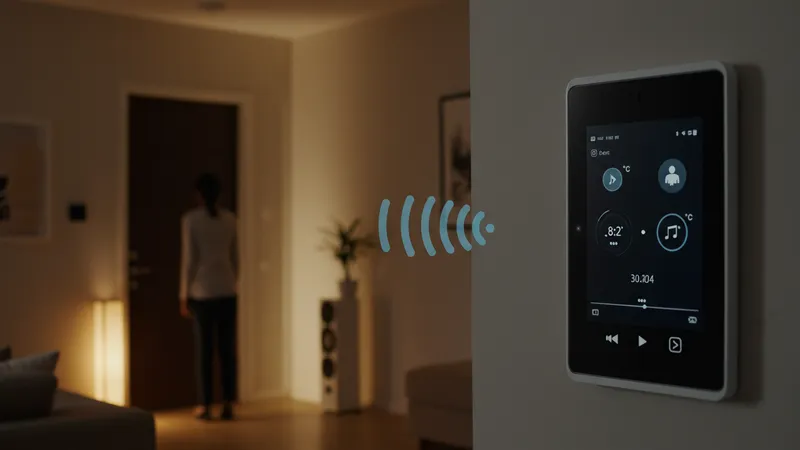
Compared to traditional home systems, smart solutions like Philips Hue go beyond basic timers or dimmers by providing dynamic lighting options that can mimic sunrise, sync with entertainment, or adjust based on motion. This not only personalizes daily routines but also offers improved security by simulating presence when residents are away.
The Google Nest Learning Thermostat stands out for its ability to reduce energy consumption—a critical concern for many Australian households. It learns occupants’ schedules, adapts heating and cooling automatically, and offers actionable data, often leading to noticeable reductions in electricity bills over time.
Enhanced security has become a top priority for homeowners in cities like Sydney, Melbourne, and Brisbane. With products like Ring Video Doorbell, residents can monitor entrances, receive mobile alerts, and deter unwanted visitors even when traveling interstate or overseas, contributing to peace of mind.
What ties these examples together is not just convenience, but the capability for these devices to work in concert. Through smart-home hubs or platforms like Google Home or Apple HomeKit, Australians can create routines—for instance, a “Goodnight” setting that locks all doors, turns off lights, and sets alarms with one command.
As more households explore these technologies, the smart home landscape in Australia is evolving rapidly. Yet, the deeper details reveal even more valuable insights ahead—ranging from cost comparisons to integration tips and future trends just waiting to be uncovered.
Smart lighting is more than just remote-controlled bulbs; it’s about crafting ambiance and optimizing energy use. In Australian homes, Philips Hue allows users to schedule outdoor lights for security or adjust indoor scenes for different times of day. The convenience extends during holidays or travel, where automation ensures lights mimic regular use, deterring intruders without constant manual input.
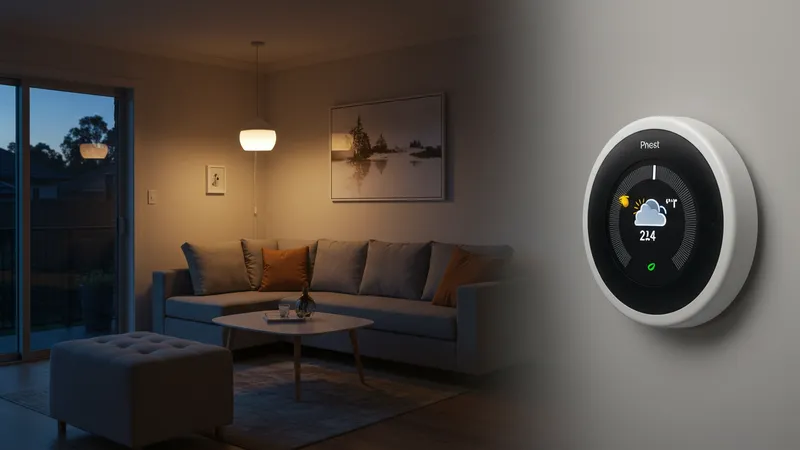
Climate control is an area where smart automation has shown significant results. Devices like the Google Nest Learning Thermostat track daily schedules and external weather, helping Australians not only maintain comfort but also address rising energy prices. By shifting heating and cooling patterns based on real-time usage data, households can minimize waste while feeling consistently comfortable year-round.
Security automation is now a standard expectation, especially in suburban and metropolitan areas with diverse housing types. Ring Video Doorbell enables residents to remotely greet guests or monitor suspicious activity, an advantage during daytime work hours or family holidays. Coupled with motion-activated lighting, it creates proactive security layers rather than relying solely on traditional locks or alarms.
The biggest trend is seamless integration, with residents seeking platforms that unite lighting, climate, and security into intuitive routines. For example, a single “away” mode can dim all lights, lower the thermostat, and activate security cameras, all triggered by a simple app tap or automation based on phone location. This convergence is making the modern Australian home not just smarter, but truly responsive to its residents.
Home automation in Australia succeeds when different systems—lighting, thermostat, and security—work in unison. Most leading smart products, such as Philips Hue, Google Nest, and Ring, are designed to be compatible with broader platforms like Google Home, Apple HomeKit, and Amazon Alexa. This interoperability lets homeowners design custom scenes and triggers spanning devices from multiple brands without technical know-how.
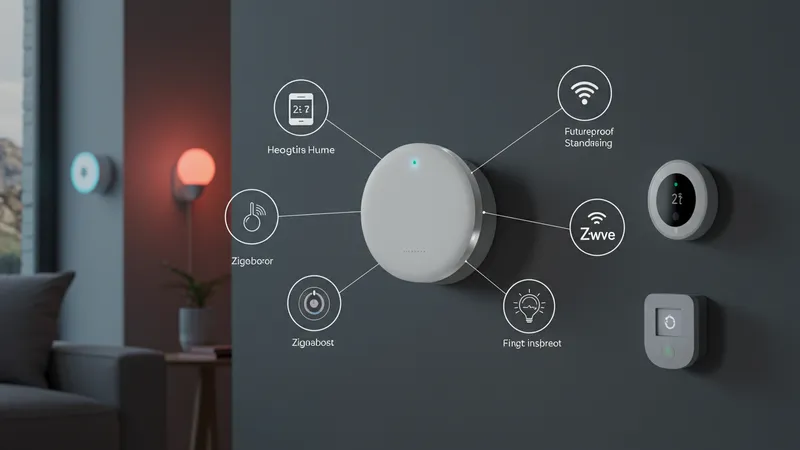
An emerging consideration is futureproofing. As technology evolves, Australians are advised to invest in devices that support common standards (like Zigbee or Z-Wave) to avoid dead-ends when new innovations emerge. Hubs and bridges can connect existing gadgets to newer systems, ensuring gradual upgrades without full overhauls.
Security of interconnected systems is a growing priority in the Australian context. Homeowners are urged to update device firmware and use secure WiFi networks, since integrated smart homes require continual digital safeguarding to prevent unauthorized access or loss of privacy. Leading brands provide regular security patches and guidance to help residents stay protected.
End-to-end integration also enables automation based on broader criteria, such as weather data or geofencing. For example, air conditioning can be triggered when outside temperatures spike, or lights and cameras can respond when all residents have left the property. These integrations hinge on compatibility, making open ecosystems a vital consideration in smart home choices.
While the upfront expense of smart devices can seem high—Philips Hue starts around AU$129 per set, with Google Nest and Ring devices ranging higher—the return on investment for homeowners is multi-faceted. Smart lighting and thermostats, for example, can deliver ongoing energy savings by reducing unnecessary usage and providing real-time consumption data.
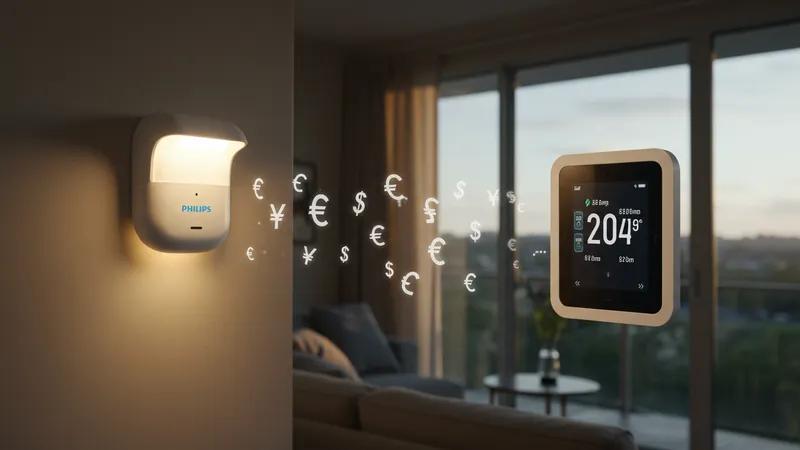
Australian households using Google Nest have reported monthly reductions in electricity bills by up to 10%, particularly in regions like Victoria with variable climates. Such savings accumulate over time, gradually offsetting the initial purchase price of smart devices. Scheduling and presence-based lighting further decrease costs, ensuring lights are only active when needed.
Security systems like Ring reduce the risk of property-related incidents, potentially lowering insurance premiums. The convenience of remote monitoring and recorded footage streamlines interactions with service providers and public safety representatives. These intangible benefits often weigh heavily in Australians’ decisions to automate their homes.
Value is also shaped by intangible factors—comfort, peace of mind, and time saved from daily routines. While cost calculations are important, feedback from Australian homeowners consistently highlights the improved quality of life and assurance provided by smart automation. Savvy buyers evaluate both financial and lifestyle factors to determine the best configuration for their needs.
Australian residential living is rapidly adapting to new smart technologies. Recent years have seen increased adoption of voice assistants, enhanced artificial intelligence in climate and lighting control, and a surge in products designed specifically for local power grids and standards. Devices continue to become more intuitive, learning from user behavior and environmental context.
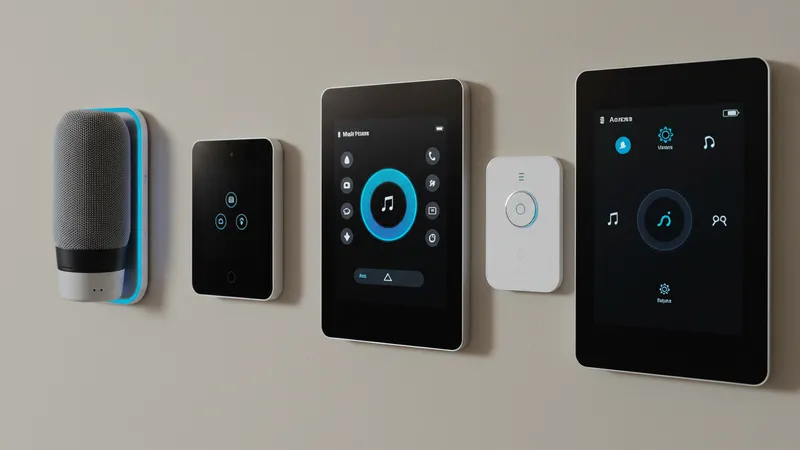
There is also a move toward greater interoperability, with standards bodies and manufacturers collaborating to create devices that communicate seamlessly. Initiatives like Matter, an open-source connectivity standard, are poised to simplify integration across brands for Australian consumers, reducing setup frustrations and future-proofing investments.
Another trend is sustainability. As energy prices and supply pressures persist in Australia, smart solutions—especially thermostats and efficient lighting—help households monitor and reduce consumption. Features like real-time energy dashboards and solar integration empower homeowners to make data-driven decisions for both their budgets and the environment.
The intersection of lifestyle, technology, and local context ensures Australia’s smart home market continues to evolve. As residents demand more convenience, safety, and sustainability, home automation will play a central role in shaping what modern Australian living looks like, today and in the years ahead.